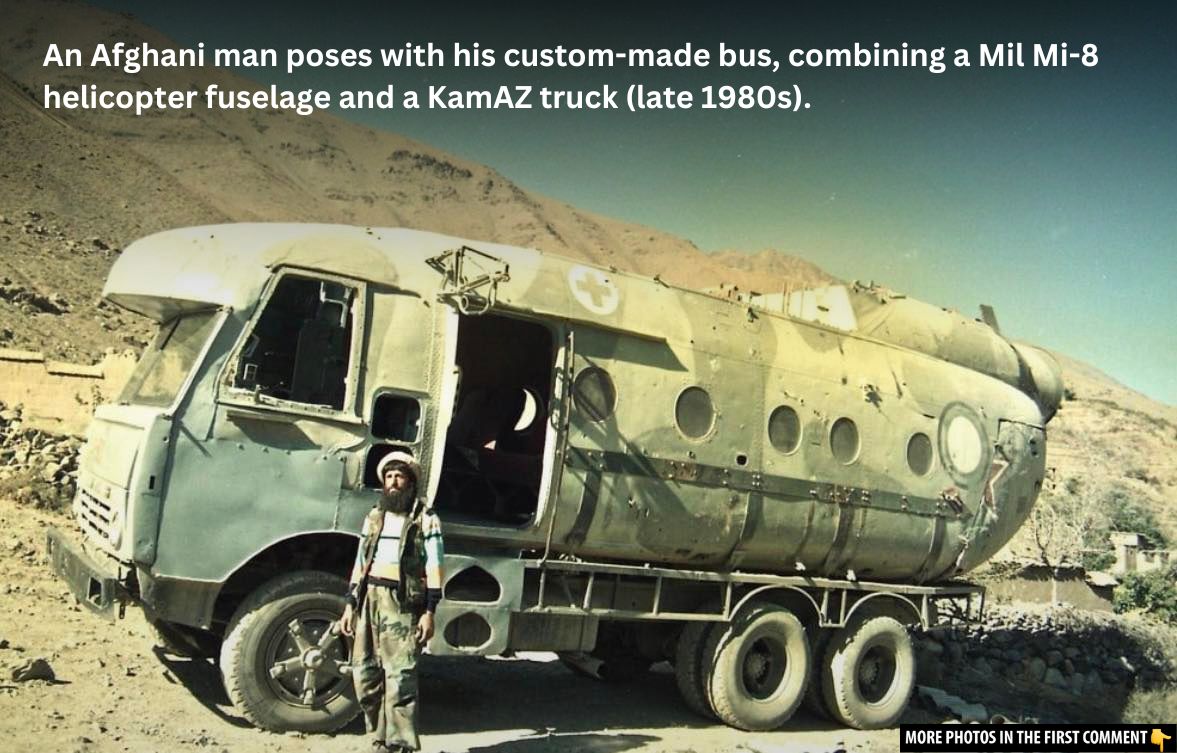In late December 1979, the Soviet Union launched an invasion of Afghanistan, marking the beginning of a decade-long conflict that would have profound consequences for both the Soviet Union and Afghanistan. The Soviet intervention, aimed at supporting the Afghan communist government against anti-communist Muslim guerrillas, became a key battleground in the Cold War. What began as a military operation evolved into a bloody and costly war that ended in the Soviet withdrawal in 1989. This article explores the Soviet invasion of Afghanistan, its key events, its global ramifications, and its lasting impact on Afghanistan’s social and political landscape.
The Early Days of the Invasion: Soviet Troops and the Mujahideen Resistance
The Soviet Union’s invasion of Afghanistan was initially presented as a mission to stabilize the Afghan communist government, which had been established in 1978 following a coup. However, the situation soon escalated into full-scale warfare as the Soviet troops faced fierce resistance from the mujahideen—anti-communist Muslim guerilla fighters. The Soviet forces, which numbered over 100,000 at the height of the conflict, took control of urban centers and major towns, but were unable to fully subdue the countryside, where the mujahideen operated freely.
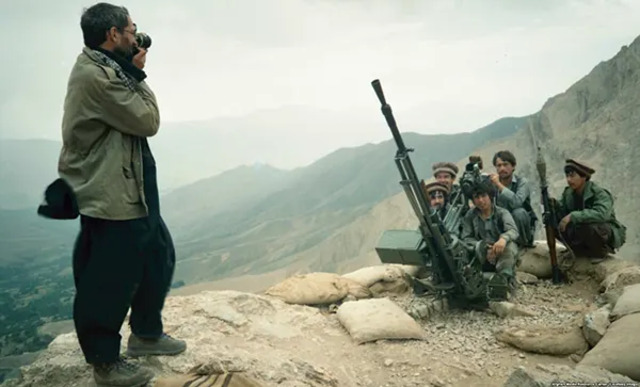
The mujahideen were not just a loosely organized group; they were a coalition of various Afghan tribes, bolstered by support from the United States, Saudi Arabia, and other international actors. These fighters, using guerrilla tactics, were able to counter Soviet air superiority, prolonging the conflict and making it a costly war for the Soviets. The war soon reached a stalemate, with the Soviets unable to decisively defeat the insurgents, despite employing large-scale assaults and targeting civilian populations.
Video
Watch the video Feature History – Soviet-Afghan War to explore the key events of this significant conflict!
Humanitarian Crisis: The Impact of Soviet Tactics on the Afghan Population
In their attempt to weaken the mujahideen, Soviet forces employed brutal tactics, including bombing rural areas and depopulating villages. These actions led to widespread civilian suffering and triggered a massive humanitarian crisis. Millions of Afghans were forced to flee their homes, seeking refuge in neighboring countries like Pakistan and Iran. By 1982, around 2.8 million refugees had fled to Pakistan, while another 1.5 million sought shelter in Iran.
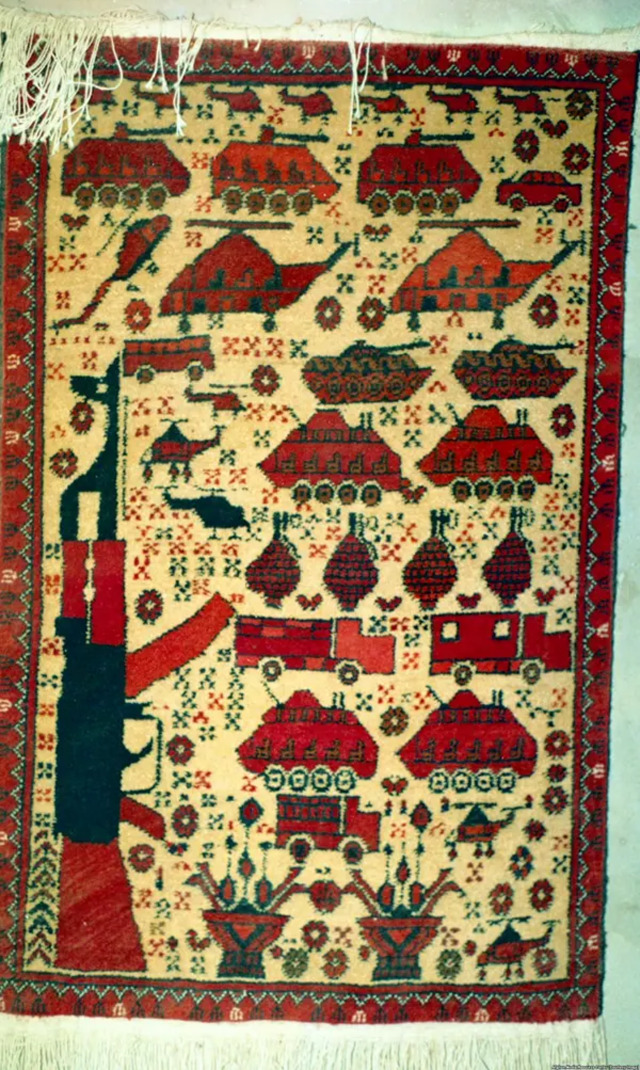
The Soviet military’s aggressive tactics also included targeting civilian infrastructure and agricultural fields, leaving entire regions devastated. This created an environment of hardship for the Afghan people, who had to endure constant bombardment and the fear of military reprisals. The legacy of this destruction would continue long after the Soviet withdrawal, contributing to Afghanistan’s ongoing instability.
International Involvement: U.S. and Global Reactions to the Soviet Occupation
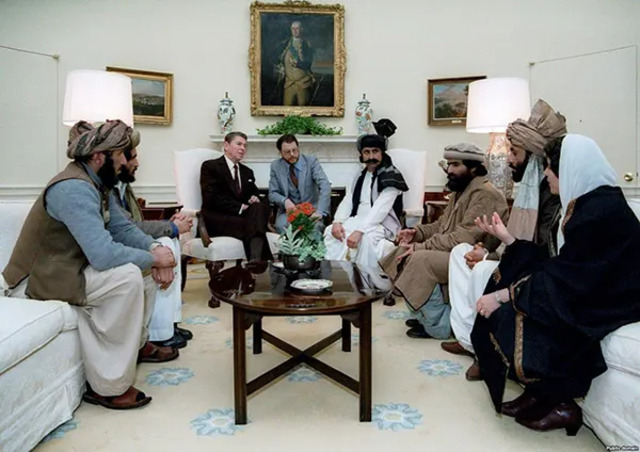
The Soviet invasion of Afghanistan quickly became a proxy war between the United States and the Soviet Union. The U.S., under President Jimmy Carter, responded to the Soviet intervention by providing significant military and financial aid to the mujahideen. The CIA, in collaboration with Pakistan’s intelligence service, began funneling large sums of money and weapons, including shoulder-fired antiaircraft missiles, to the Afghan resistance. This covert support intensified the conflict, contributing to the prolonged nature of the war and making it one of the most expensive CIA operations in history.
The Soviet Union, already struggling with internal challenges, found itself engaged in a costly and politically damaging war. Internationally, the Soviet invasion was widely condemned. The United Nations voted to condemn the intervention, and the United States boycotted the 1980 Summer Olympics in Moscow in protest. The war not only deepened the Cold War rivalry but also became a symbolic contest of ideologies, with both superpowers vying for influence in the region.
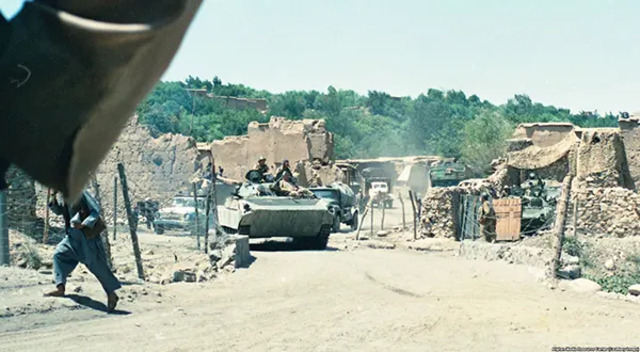
Soviet Withdrawal: The End of the Conflict and Its Consequences
After nearly a decade of fighting, the Soviet Union faced mounting political and military pressure to withdraw from Afghanistan. The Soviet leadership, under Mikhail Gorbachev, came to realize that the war was unwinnable and had become a drain on both resources and morale. In 1988, an accord was signed between the Soviet Union, the United States, Pakistan, and Afghanistan, leading to the Soviet decision to pull out its forces. The Soviet withdrawal was completed by February 1989, but the damage had already been done.
The war left Afghanistan in a state of devastation. With the Soviet forces gone, the country was left in a state of flux, with various factions of the mujahideen vying for control. The power vacuum created by the Soviet withdrawal set the stage for decades of internal conflict, which eventually gave rise to the Taliban in the mid-1990s.
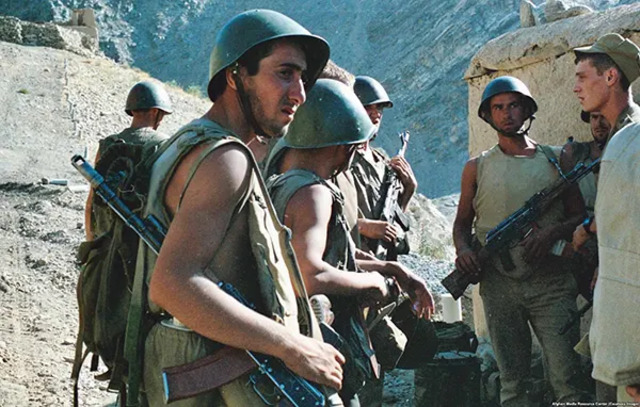
The Legacy of the War: Afghanistan’s Transformation and the Rise of Militias
The Soviet-Afghan War had a profound and lasting impact on Afghanistan. The war not only destroyed infrastructure and caused massive loss of life, but it also transformed Afghan society in ways that continue to affect the country today. The conflict led to the militarization of Afghan society, with heavily armed militias and private bodyguards becoming the norm. The rise of the mujahideen as powerful military forces also dismantled traditional power structures, leading to the fragmentation of the country along ethnic lines.
During the war, Afghanistan’s ethnic balance shifted as Pashtuns, historically the dominant ethnic group, lost political influence to other ethnic groups such as Tajiks, Uzbeks, and Hazaras, who had formed organized militias. This shift in power dynamics set the stage for further ethnic strife and contributed to the complex political landscape that exists in Afghanistan today.
The Collapse of the Soviet Union: How the Afghan War Contributed to the Soviet Downfall
The Soviet-Afghan War played a significant role in the eventual collapse of the Soviet Union. The war severely damaged the reputation of the Red Army, which had been considered an unbeatable force. The failure in Afghanistan eroded the legitimacy of the Soviet regime and fueled political discontent at home. While the economic cost of the war was relatively modest compared to the Soviet Union’s other obligations, it contributed to the larger decline of Soviet power, which was also influenced by other internal factors, including economic stagnation and political reforms under Gorbachev.
The war in Afghanistan, combined with other pressures, played a part in the Soviet Union’s eventual dissolution in 1991. Scholars argue that the defeat in Afghanistan significantly weakened Soviet morale and contributed to the weakening of the centralized Soviet government.
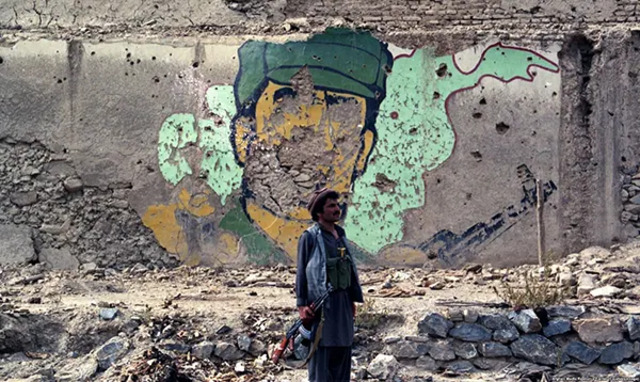
Photographs and Media: Telling the Story of the War
One of the most important ways in which the Soviet-Afghan War has been documented is through photographs. Both Soviet and mujahideen perspectives were captured through the lens of journalists and photographers who risked their lives to document the conflict. In many cases, media coverage of the war was censored or suppressed, but the photographs that did emerge provide a powerful visual record of the war’s human cost.
The Afghan Media Resource Center (AMRC) played a key role in documenting the war, providing cameras to mujahideen fighters and journalists to capture the daily reality of the conflict. This visual history not only brings the war to life for future generations but also serves as an important tool for understanding the complex dynamics of the conflict and its impact on those who lived through it.
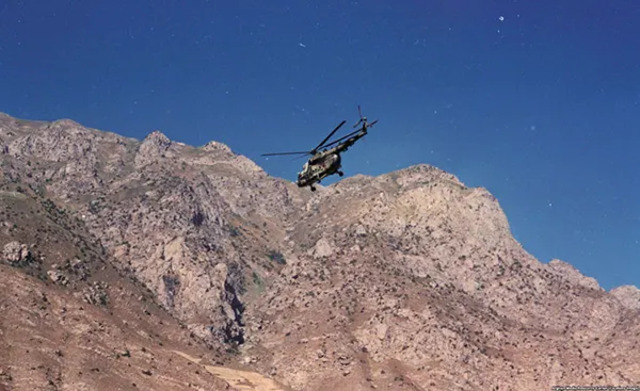
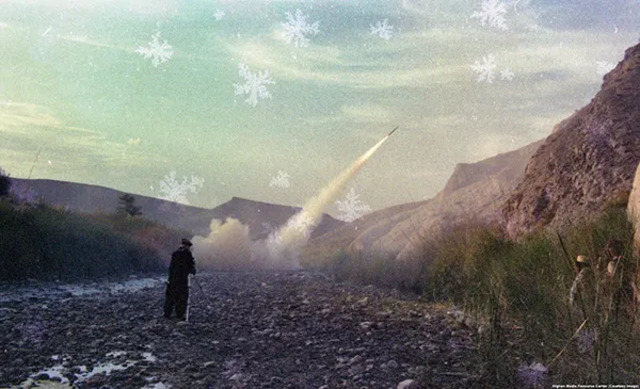
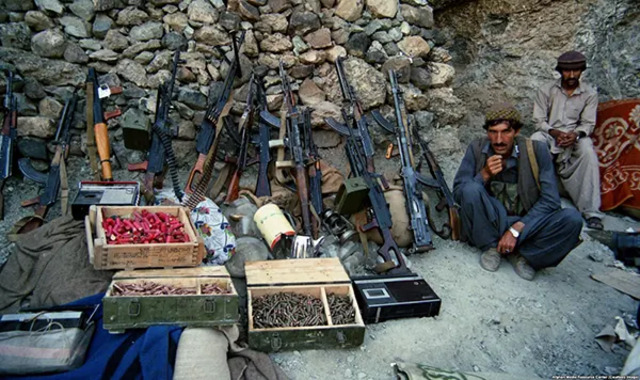
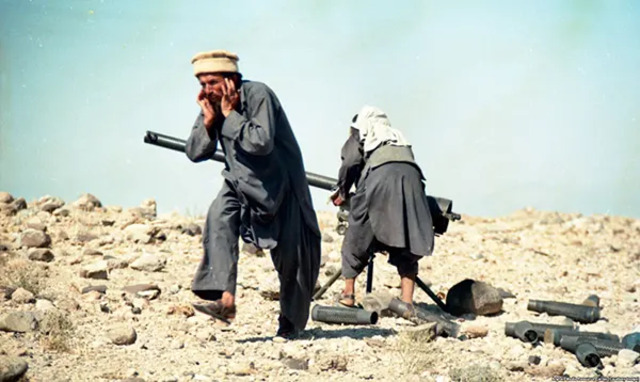
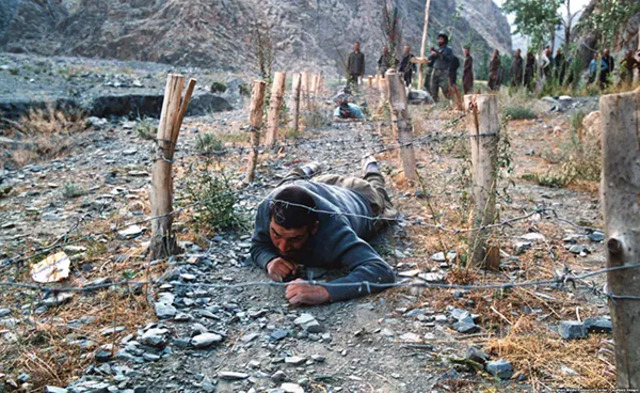
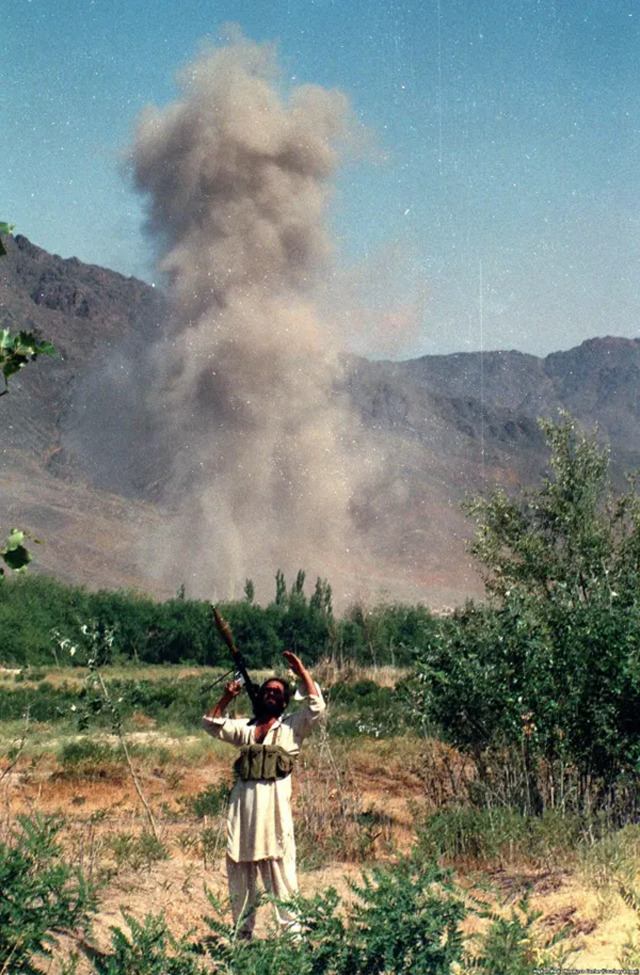
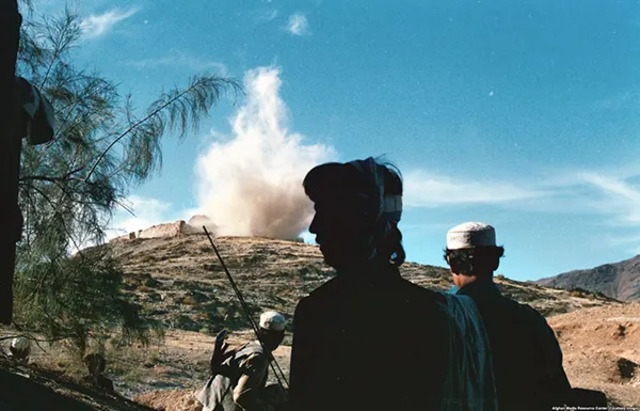
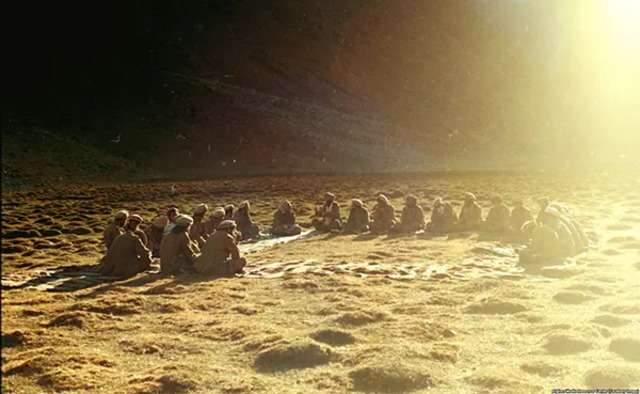
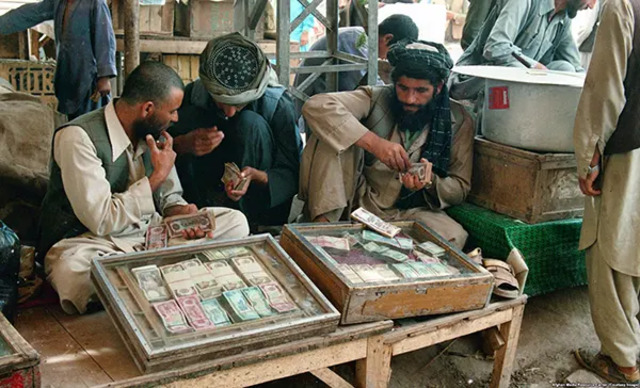
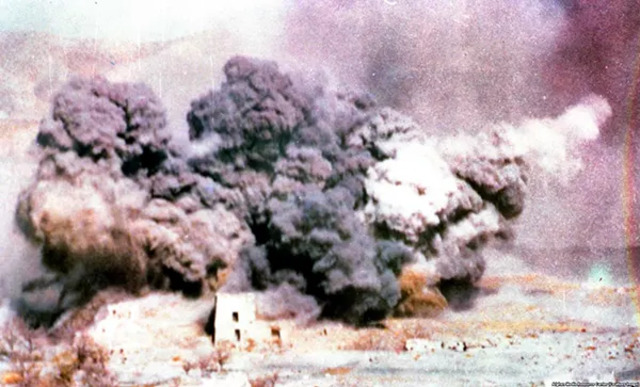

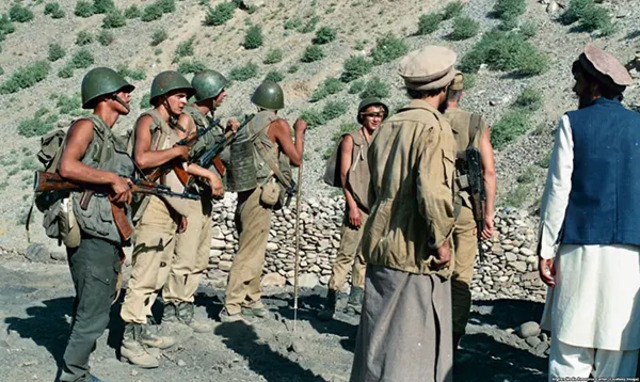
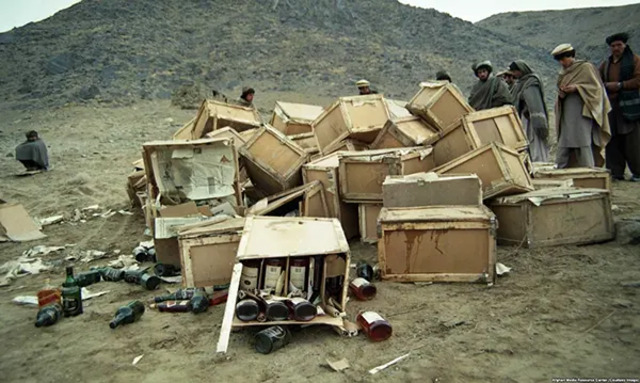
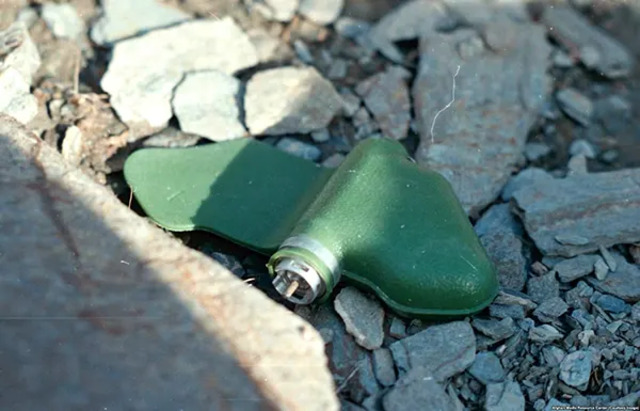
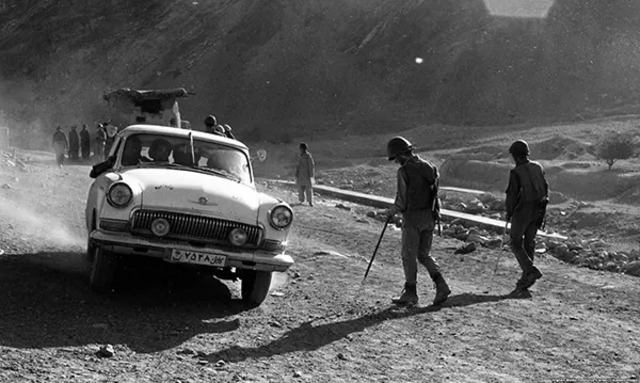
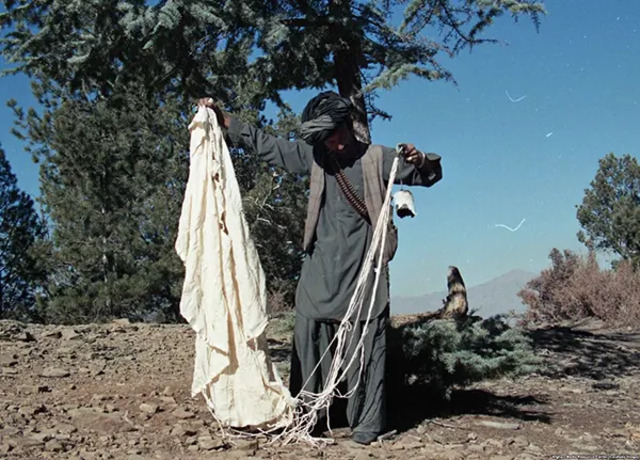

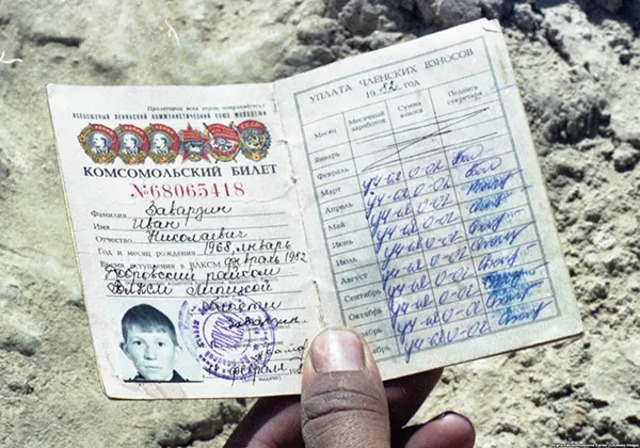
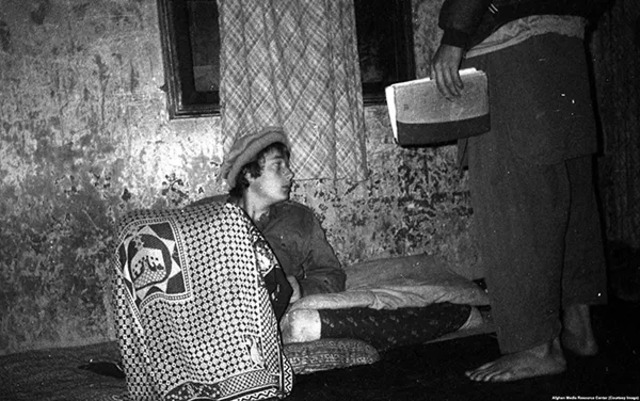
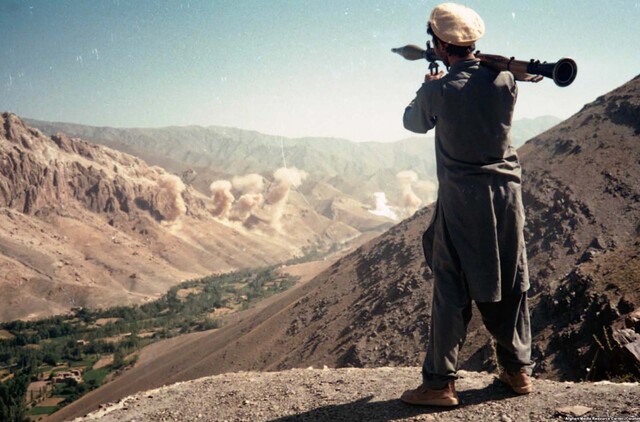
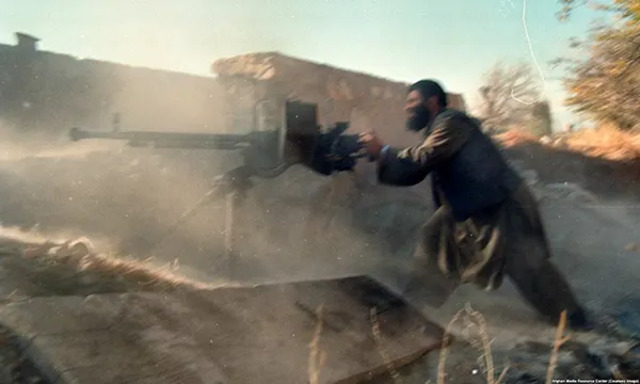
Video
Check out the video “The Soviet War in Afghanistan | Overview, Causes & Timeline | Spetsnaz” to explore the key events and causes of this historic conflict. Don’t miss out on the fascinating details – hit play now and dive into the timeline of the Soviet invasion and the role of Spetsnaz forces!
Conclusion: The Soviet Invasion of Afghanistan – A Profound Historical Moment
The Soviet invasion of Afghanistan was a pivotal moment in the Cold War, with far-reaching consequences for both Afghanistan and the Soviet Union. The war was costly in terms of human lives, resources, and political stability. Afghanistan, after enduring years of war, was left with a fractured society and a legacy of militarization and conflict that persists to this day.
For the Soviet Union, the war represented a humiliating defeat that played a part in its eventual collapse. The conflict altered global politics, reshaping the Cold War dynamics and contributing to the geopolitical shifts that defined the late 20th century. As we look back on the Soviet invasion of Afghanistan, we are reminded of the complex interplay between military power, political ideologies, and the human cost of war. The lessons of this conflict continue to resonate in today’s world, where Afghanistan remains a focal point of international concern.
